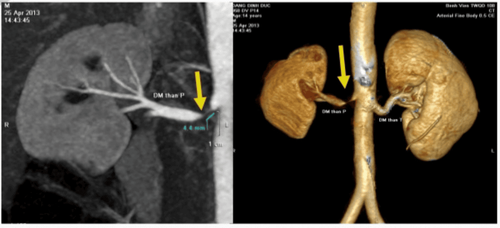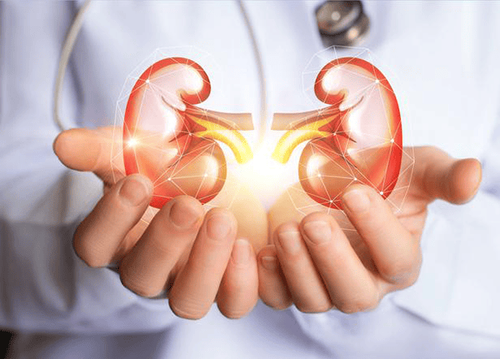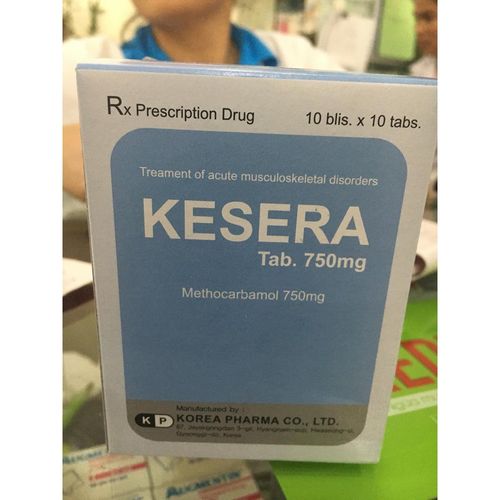This is an automatically translated article.
Acute kidney infarction is very dangerous, early diagnosis is essential to conduct early and long-term intervention, thereby helping to preserve kidney function. Although not specific, the very common symptom of low back pain can still be the first warning sign of acute renal infarction.
1. Beware of low back pain due to acute renal infarction
For the most part, low back pain is just a benign condition, can be caused by posture or physical exertion, and it usually resolves on its own or is easily treated. Therefore, low back pain is considered a symptom of a less serious problem.
However, low back pain due to acute renal infarction is very dangerous and often easily missed. Patients with acute renal failure usually begin with persistent acute low back pain with abdominal and hip pain. But these symptoms can also be caused by spondylolisthesis, intra-abdominal pathology, urinary stones or myocardial infarction. Therefore, early diagnosis of acute renal failure is essential to conduct treatment aimed at preserving kidney function.
Patients with acute renal failure often have a history of high risk of thromboembolic disease such as atrial fibrillation, a history of embolism, valvular disease or myocardial ischemia. These risk factors are often recognized early on examination and history.
However, in some cases, acute renal infarction is also associated with other rare diseases such as trauma, genetic or acquired coagulation disorders, cocaine use, vascular abnormalities and disease genetics such as Marfan or Ehlers-Danlos syndromes as well as due to medical interventions such as valve replacement surgery, kidney transplantation, endovascular stenting,...
2. Diagnosis of acute renal infarction
The diagnosis of acute renal infarction will usually be based on nonspecific clinical signs and a state at high risk of embolism or thrombosis. Laboratory findings such as microscopic hematuria and elevation of LDH can help diagnose acute renal infarction. Specifically:
Urinalysis by dipstick: This is considered a simple screening test for many kidney diseases. This test helps detect hematuria quite high. However, repeated urinalysis during the first 24 hours of low back pain onset enhances the diagnosis. Serum LDH: This is a characteristic marker of cellular necrosis in patients with acute renal infarction when it is elevated. However, serum LDH is very sensitive but not specific, because there can be many other causes of LDH elevation such as acute myocardial infarction, hemolysis, tumor, mesenteric artery embolism, so it should be treated quickly. to exclude, to expel. Angiography, renal scintigraphy, UIV, ultrasound or contrast-enhanced CT scan: These are techniques that may be helpful in diagnosing acute renal infarction. The CT scan with contrast injection is the non-invasive reference standard for diagnosing acute renal infarction, renal stenosis .... In case of recent renal infarction, the anatomical margin of the kidney is still normal, the bile ducts are normal. homogeneity or possibly a slight decrease in attenuation, when no enhancement was observed after contrast injection. Although still effective in excluding renal occlusive uropathy, ultrasonography lacks sensitivity for early detection of renal infarction. Selective renal angiography: This is an invasive diagnostic method, so it can cause some complications for the patient.

Đau thắt lưng do nhồi máu thận cấp rất nguy hiểm
3. Treatment of acute renal infarction
The treatment of acute renal infarction due to renal embolism has not been established. Therefore, it is most important to recognize acute renal vessel obstruction or stenosis early so that appropriate management measures such as thrombolysis (fibrinolysis) or anticoagulants. In some cases, surgical embolectomy is required to minimize the loss of kidney function.
As a rare disease, acute renal infarction is unlikely to be evaluated in prospective randomized clinical trials for the superiority of a particular treatment. However, according to research, the treatment between medical and surgical management in unilateral kidney injury is considered to be quite favorable with conservative treatment.
In addition, in addition to treatment, it is necessary for patients to use prophylactic anticoagulants for a long time, because these patients are often at high risk of embolism or arterial thrombosis in other organs.
In summary, acute renal infarction is very dangerous, early diagnosis of the disease is essential to conduct early and long-term intervention, thereby helping to preserve kidney function. Although not specific, the very common symptom of low back pain can still be the first warning sign of acute renal infarction. Therefore, when noticing symptoms of low back pain, the patient should pay attention and go to the doctor for an accurate diagnosis and prevent serious risks. Currently, Vinmec International General Hospital is one of the leading prestigious hospitals in the country, trusted by a large number of patients for medical examination and treatment. Not only the physical system, modern equipment: 6 ultrasound rooms, 4 DR X-ray rooms (1 full-axis machine, 1 light machine, 1 general machine and 1 mammography machine) , 2 DR portable X-ray machines, 2 multi-row CT scanner rooms (1 128 rows and 1 16 arrays), 2 Magnetic resonance imaging rooms (1 3 Tesla and 1 1.5 Tesla), 1 room for 2 levels of interventional angiography and 1 room to measure bone mineral density.... Vinmec is also the place to gather a team of experienced doctors and nurses who will greatly assist in diagnosis and detection. early signs of abnormality in the patient's body. In particular, with a space designed according to 5-star hotel standards, Vinmec ensures to bring the patient the most comfort, friendliness and peace of mind.
Please dial HOTLINE for more information or register for an appointment HERE. Download MyVinmec app to make appointments faster and to manage your bookings easily.













